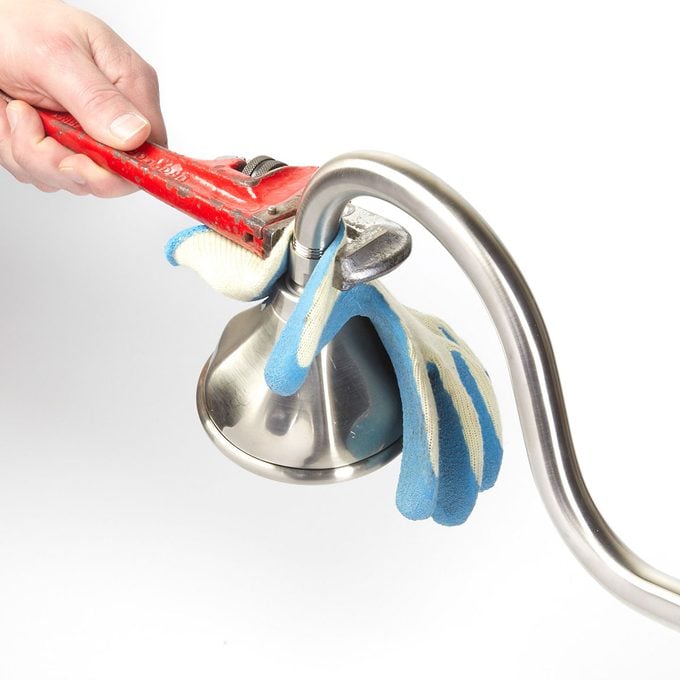What is a Pipe Wrench?
Updated: Jun. 01, 2023
This is the place to come if you want to learn everything there is to know about pipe wrenches.

On This Page
What is a Pipe Wrench?
A pipe wrench is an adjustable wrench that is used, as the name implies, on pipes. Most often, pipe wrenches are used on threaded pipe, usually galvanized steel, black iron or similar metal pipes. A pipe wrench has two serrated jaws that are tightened and dig into the pipe for grip. The top serrated jaw adjusts up and down to fit different size pipes. The unique feature of a pipe wrench is that the teeth will only grip when turning the wrench in one direction (see above), so it almost acts as a ratchet wrench.
Here are the basic parts of a pipe wrench:
- Hook Jaw
- Nut
- Body
- Pin
- Heel Jaw
- Spring Assembly (Not shown)
Some kinds of pipe wrenches, though rarer, have a separate head assembly that can attach to the body. Pipe wrenches, sometimes referred to as monkey wrenches, are used by plumbers, drillers and many other trades that work with threaded piping.
How is a Pipe Wrench Used?
The basics of operating a pipe wrench:
- Place the wrench on the pipe so that the mouth of the jaw is facing the direction that you want to turn the pipe (see above).
- Make sure the pipe is centered in the jaws
- Adjust the jaw by turning the nut so that it fits the pipe snugly.
- Pull or push the pipe wrench in the direction you want the pipe to turn.
Safety tips for using pipe wrenches:
- Using the wrench can leave sharp burs in the pipe where the jaws dig into the pipe, wearing gloves can help prevent cuts
What are the Differences Between Types of Pipe Wrenches?
- Pipe wrenches come in a variety of sizes. They can be as small as six inches in length to over four feet. Each size can work on a limited range of pipes sizes.
- Most pipe wrenches are made of iron or aluminum. Aluminum is lighter but cannot handle as much torque as iron-bodied pipe wrenches.
- The position of the hook jaw may be in different angles compared to the body. The most common is parallel, followed by perpendicular.
- The tightening and loosening mechanism may vary slightly from model to model.
What Makes a Good Pipe Wrench?
- Strong
- Smooth adjustments
- Sharp serrated jaws
Rigid makes a good pipe wrench.

Pipe Wrench Tip: Prevent Marking Things Up
For more delicate or visible plumbing using a cloth as a barrier between the jaws and pipe can prevent scarring the pipe.
Get more plumbing tips here

